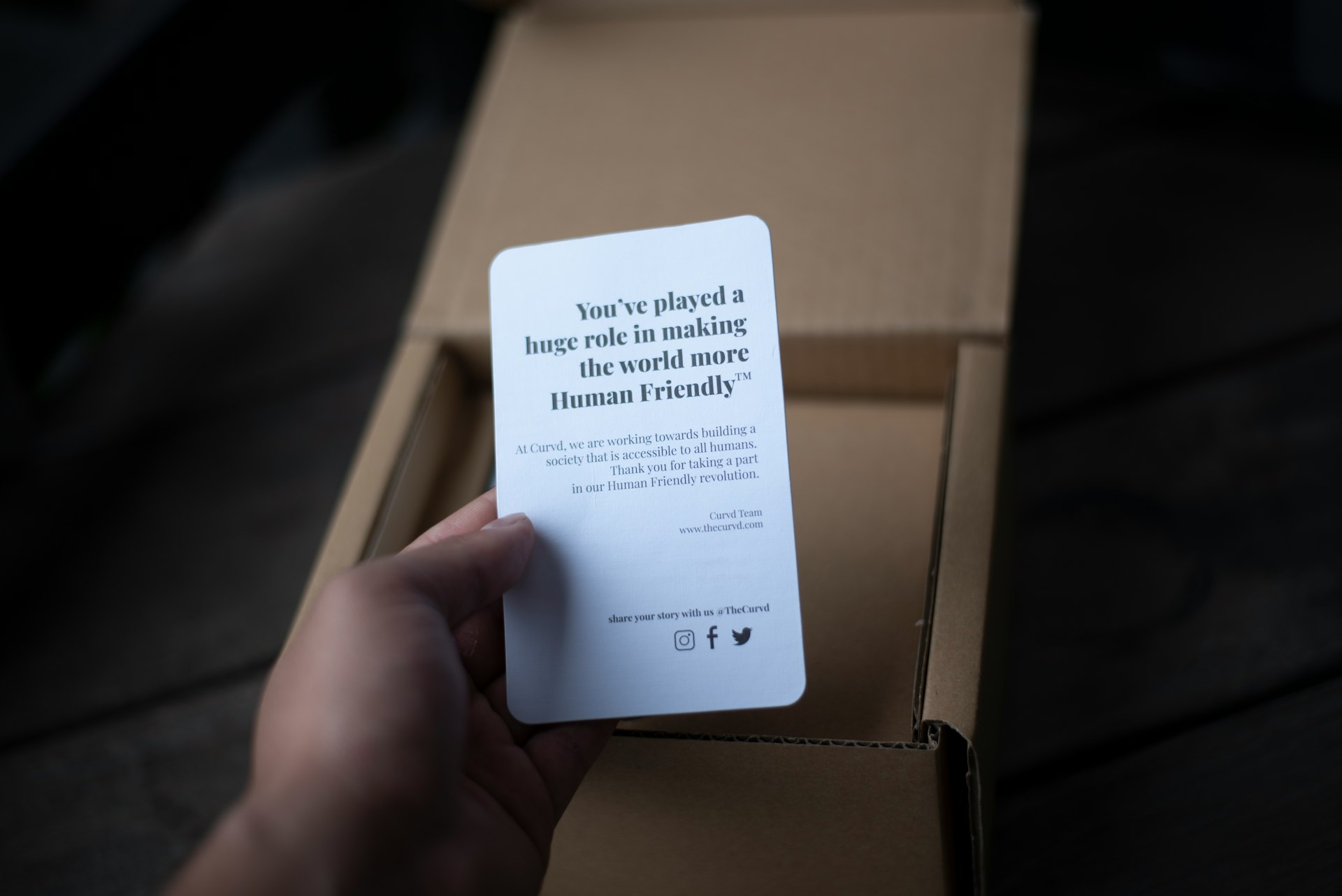
Spaced-Repetition-Learning
Repetition - but effective and computer-controlled - is a focal point alongside continuous speaking of the language to be learned.
But there are also quizzes and audio formats for most topics.
Videos
We have thousands of videos from YouTube in different categories. So you can deal with these topics and at the same time:
Learn to learn
Learning languages
Learn German, English or Spanish
Use entertainment videos for learning
Music videos too
Plays ...

Use your own learning documents
PDFs or texts can be uploaded and used for learning.
In most of our applications, the students have the task of
- to speak, to imitate
- repeat the questions out loud
- select the correct answers
- this can lead to the selection of the correct answer - otherwise the answer is tried again
- speak the correct answers out loud
The computer listens in and tries to reproduce what has been said in a text field.
During the speaking exercise, both when repeating the question and when speaking the answer, the computer recognizes the content of the text to be spoken and can therefore check whether the words in the "understood speech to text result" are correct and are in the right place in the sentence.
The color green is used if the position is correct and, of course, the word is correct. The color orange is used if the word is correct but the position is incorrect, for example because the computer has not understood the preceding word.
The computer translates using artificial intelligence. It first tries to hear and write something, but then corrects it based on the context. Despite this additional support, it is still very difficult to pronounce many words correctly.
The computer tries to memorize the difficult words and then tests them regularly.
Learning vocabulary can be fun. Nowhere else can you have such a clear sense of achievement as when learning vocabulary.
We use the words from the subtitles of the videos. In total, there are over 100,000 different German words available to "learn". This makes it easy to find your own sequence of the most common German words. Of course, we can also provide many example sentences for each sentence. If you have example sentences, there are of course also cloze exercises.
And so that the reward factor comes into play - statistics.
The bulk of all language teaching, whether online or in the classroom, has a teacher transfer information and then comprehension questions are asked which a student tries to answer. In the best case scenario, the other students try to speak along or answer the questions internally. However, we should bear in mind that in many cases we are dealing with young people who have not independently decided that learning is what they really want to do.
Our job is to make sure that the students are completely engaged individually - if they are already "there". No waiting, no sleeping inside.
We try to access videos and free sources as content for our language exercises. Using the example of YouTube or Netflix or other streaming services, let us briefly explain why the content providers are not at a disadvantage: the users of our application must either have paid accounts or live with the advertising displayed. YouTube earns money, as do the authors.
We want to offer content that is interesting. We do not want this content to be "learned", it is merely the background to the speaking and comprehension exercises.
Nevertheless, attempts are also made to learn the content later - when the student has become a teacher. "Learning through teaching".
Thousands of videos are categorized and can be selected via filters and categories.
- Learning to learn
- Learning languages
- Learn German
- Movies
- Music videos
- Plays and more
everything also according to different language levels from A1 to C2
Perhaps we are mistaken, because obviously many language teaching environments test grammar learning in exams.
We focus on the language level perceived by the employer. Although we record in great detail where strengths and weaknesses are to be found, speaking and understanding text is crucial for us.
The "small" student application offers almost everything that the teaching and learning application also offers - only the "direct" control of attendance and of course the possibility to question or contact the teacher is omitted.
Currently, the result of text to speech by the computer (in German at least) is still very clearly recognizable as a computer voice - from a German.
Nevertheless, in many cases the pronunciation is more consistent (better) than that of many non-native teachers. Foreign teachers continue to have problems with intonation and word order for a very long time ...
Native teachers also often have problems with pronunciation (dialects).
The content of our videos is divided into questions and answers by artificial intelligence. The questions are in a chronological order - one after the other.
We are pinning our hopes on the rapid further development of computer voices and other capabilities.
Those who teach content generally learn the content themselves better than if they were learning the content for an exam. Good students can/should teach students from lower language levels and then learn the "facts" themselves.
Ask boldly.